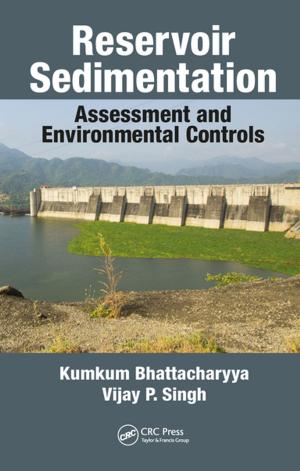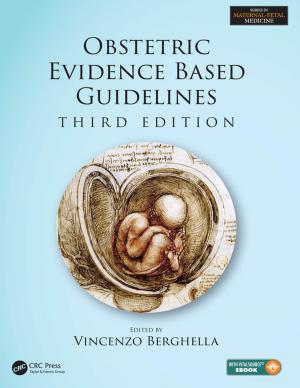Marine Macrophytes as Foundation Species
Nonfiction, Science & Nature, Science, Biological Sciences, Marine Biology, Botany, Nature, Environment, Ecology| Author: | ISBN: | 9781315353630 | |
| Publisher: | CRC Press | Publication: | November 25, 2016 |
| Imprint: | CRC Press | Language: | English |
| Author: | |
| ISBN: | 9781315353630 |
| Publisher: | CRC Press |
| Publication: | November 25, 2016 |
| Imprint: | CRC Press |
| Language: | English |
Marine macrophytes (macroalgae, seagrasses, and mangroves) comprise thousands of species distributed in shallow water areas along the world’s coastlines. They play a key role in marine ecosystems regarding biodiversity and energy flow. A large proportion of macrophyte species can be characterised as ecosystem engineers—organisms that directly or indirectly affect the availability of resources to other species by modifying, maintaining, and creating habitats.
This book is divided into three main themes:
• Marine macroalgae and seagrasses as sources of biodiversity gives an overview of the diversity of the main organisms associated with macrophytes, and their functional role and interactions within their hosts.
• Primary and secondary production of Macrophytes synthesizes research on food web structures derived from/or associated with, macrophytes and the transfer of macrophytic primary and secondary production from one ecosystem to another.
• Threats to macrophytic ecosystem engineers addresses human-induced effects including eutrophication, physical destruction, invasive species, and global warming.
The book is among the first one to concentrate on the value of macrophytes for the well-being of marine habitats. The book is aimed at academics but may be useful for students, policy makers, and laymen alike.
Marine macrophytes (macroalgae, seagrasses, and mangroves) comprise thousands of species distributed in shallow water areas along the world’s coastlines. They play a key role in marine ecosystems regarding biodiversity and energy flow. A large proportion of macrophyte species can be characterised as ecosystem engineers—organisms that directly or indirectly affect the availability of resources to other species by modifying, maintaining, and creating habitats.
This book is divided into three main themes:
• Marine macroalgae and seagrasses as sources of biodiversity gives an overview of the diversity of the main organisms associated with macrophytes, and their functional role and interactions within their hosts.
• Primary and secondary production of Macrophytes synthesizes research on food web structures derived from/or associated with, macrophytes and the transfer of macrophytic primary and secondary production from one ecosystem to another.
• Threats to macrophytic ecosystem engineers addresses human-induced effects including eutrophication, physical destruction, invasive species, and global warming.
The book is among the first one to concentrate on the value of macrophytes for the well-being of marine habitats. The book is aimed at academics but may be useful for students, policy makers, and laymen alike.















